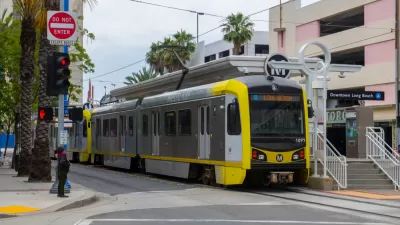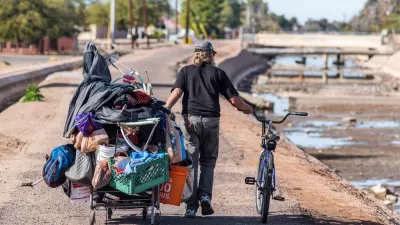"The idea of the word ‘functional’ in front of ‘zero’ is a reaction to the misperception that ending homelessness means no one ever experiences homelessness again."

On January 6 of this year, Bakersfield and Kern County, California, announced that they had reached a milestone known as “functional zero” for chronic homelessness. The narrowly defined term meant that the coalition of service providers in the area had found housing for virtually everyone in the community who had both a disabling condition and had experienced homelessness for more than a year, and that it was prepared to quickly house anyone else who entered chronic homelessness going forward. A week later, the Bakersfield Californian published a letter to the editor from a resident who noted that homelessness was still clearly visible in the city, and that with respect to officials’ claims about ending chronic homelessness, “none of this aligns with empirical evidence.” A few weeks after that, the Continuum of Care conducted the annual point in time count, which showed a substantial increase in people living on the street from the year before.
Clearly, homelessness has not ended in Bakersfield. So what does it mean to reach “functional zero” for a certain segment of the homeless population, and how significant is the achievement? For Bakersfield and other cities that have signed onto the “Built for Zero” campaign, it’s a balance between celebrating milestones that suggest ending homelessness is possible, and being clear about how much work remains before that ultimate goal can be reached.
FULL STORY: When It Comes to Ending Homelessness, What Does “Functional Zero” Really Mean?

Alabama: Trump Terminates Settlements for Black Communities Harmed By Raw Sewage
Trump deemed the landmark civil rights agreement “illegal DEI and environmental justice policy.”

Study: Maui’s Plan to Convert Vacation Rentals to Long-Term Housing Could Cause Nearly $1 Billion Economic Loss
The plan would reduce visitor accommodation by 25% resulting in 1,900 jobs lost.

Planetizen Federal Action Tracker
A weekly monitor of how Trump’s orders and actions are impacting planners and planning in America.

Wind Energy on the Rise Despite Federal Policy Reversal
The Trump administration is revoking federal support for renewable energy, but demand for new projects continues unabated.

Passengers Flock to Caltrain After Electrification
The new electric trains are running faster and more reliably, leading to strong ridership growth on the Bay Area rail system.

Texas Churches Rally Behind ‘Yes in God’s Back Yard’ Legislation
Religious leaders want the state to reduce zoning regulations to streamline leasing church-owned land to housing developers.
Urban Design for Planners 1: Software Tools
This six-course series explores essential urban design concepts using open source software and equips planners with the tools they need to participate fully in the urban design process.
Planning for Universal Design
Learn the tools for implementing Universal Design in planning regulations.
Caltrans
Smith Gee Studio
Institute for Housing and Urban Development Studies (IHS)
City of Grandview
Harvard GSD Executive Education
Toledo-Lucas County Plan Commissions
Salt Lake City
NYU Wagner Graduate School of Public Service





























